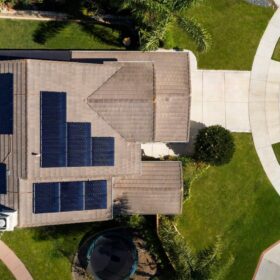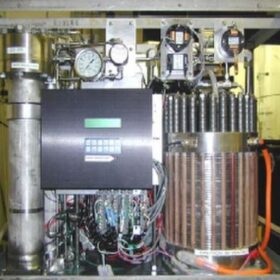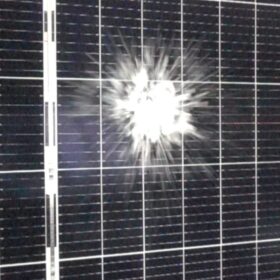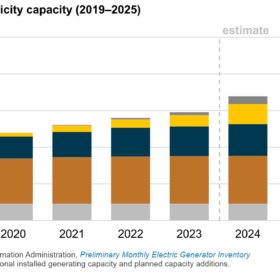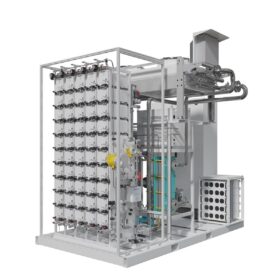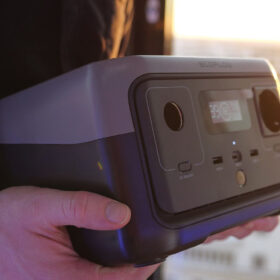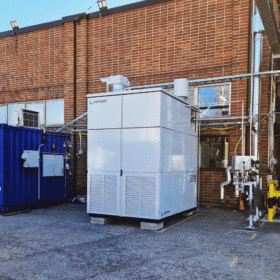Texas leads VPP adoption with deregulated market
Texas is uniquely suited to adopt virtual power plant (VPP) technology due to its competitive, deregulated market. Its success highlights the “perverse incentive” of vertically integrated utilities in other US states to make capital expenditures without discretion to raise profits.
Turkey’s solar ambitions range beyond its borders
The number of module assembly businesses in Türkiye continues to rise but, despite protectionist moves to support domestic manufacturing, consolidation appears likely. Ambitions abroad, expansion at home, and interest from Chinese suppliers, were all on show at the recent SolarEX trade fair in Istanbul.
The Hydrogen Stream: 1.2 TW of electrolyzers globally in development
Aurora Energy Research says it has recorded a sharp increase in green hydrogen projects, with 90% of them in early phases of development, while E.ON says that Germany’s hydrogen ramp-up is stuck due to an investment backlog.
Solar-assisted heat pumps vs. air-source heat pumps
A group of researchers in Iran has analyzed the coefficient of performance and the energy consumption of a solar-assisted heat pumps and an air-source heat pumps and has found that three factors are crucial to determine their annual performance – irradiance changes, ambient temperature, and wind speed.
Hail damage and toxicity risks in solar plants
US news outlets have reported resident concerns about leaked toxins from solar facilities in Texas that were damaged by a hailstorm. The Solar Energy Industries Association (SEIA) has rejected the reports, which contained categorically false information.
Solar is starting to sunset use of natural gas in Texas
Texas, the top US state for solar deployment in 2023, is seeing tangible changes to its daily electricity supply, lowering the need for natural gas peaker plants, said the US Energy Information Administration (EIA).
The Hydrogen Stream: Enapter secures 3 MW electrolyzer order
Enapter has secured four new orders for its AEM Nexus 1000 megawatt-class electrolyzer, while Fraunhofer IWU says it has started working on electron beam welding technology to overcome the speed limitations of laser beam scanner welding.
Weekend Read: PV goes portable
Portable solar generators are making their way from the fringes of solar and energy storage to become a mainstream consumer item. The rise has been charged by a range of factors that have created massive brands. Where did the sector emerge from, who was buying before, who is buying now, and what’s next? Tristan Rayner reports.
Radiative cooling tech for vertical solar panels
Developed by a US-Saudi research group, the novel technique employs two 45-degree inclined mirrors on the two sides of a PV module. On the back side, a spectral selective reflector enables the thermal radiation to be directed to the sky while preventing the back of a module from heating up by the scattered sunlight.
The Hydrogen Stream: Consortium unveils 85%-efficient solid oxide electrolyzer
Elcogen and Convion have revealed test results for their new solid oxide electrolyzer, with an electrical efficiency above 85%. It could potentially facilitate the production of 39 kWh of electrical energy per kilogram of green hydrogen.
